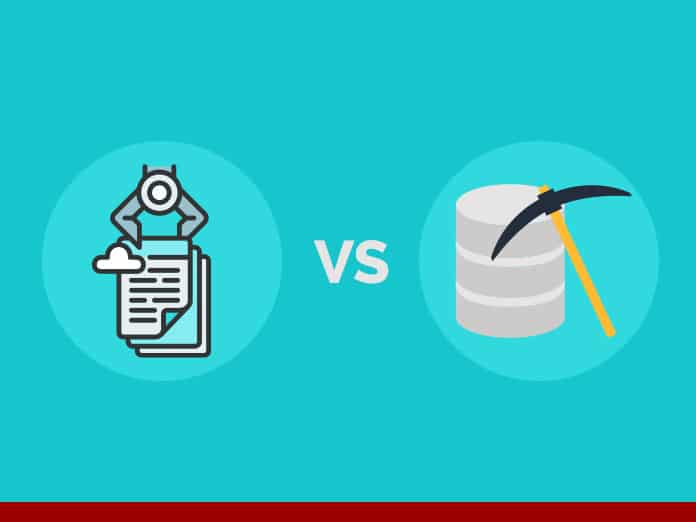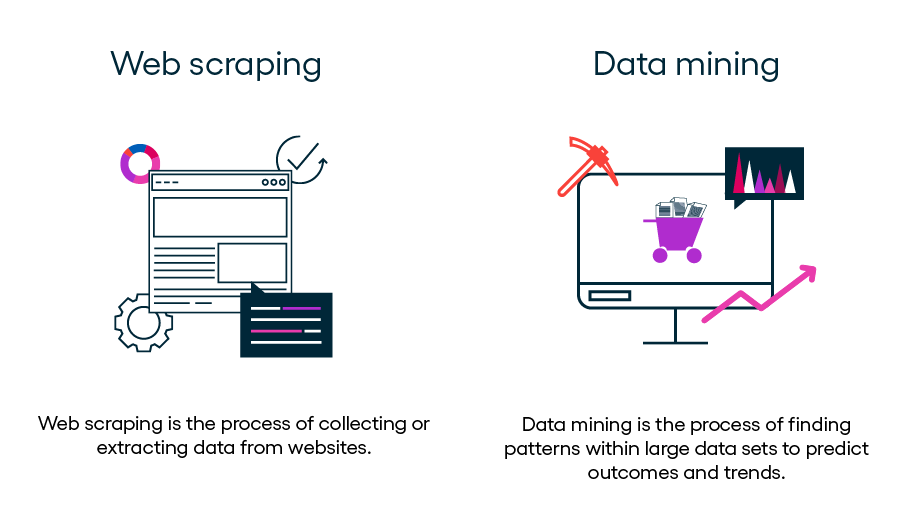Online as we know today is a repository of information that can be accessed all around geographical societies. In just over two decades, the Web has migrated from a university curiosity to a fundamental research, marketing and devices vehicle that impinges upon the everyday life of most people today in all over the world. It is accessed by over 16% of your population of the world spanning over 233 countries.

As the number of information on the Web grows, that information becomes ever trickier to keep track of and use. Compounding the matter is this information can be spread over billions of web scraper, each with its own independent shape and format. So how do you find the information you’re looking for in a handy format – and do it quickly and easily without breaking the bank?
Seek out Isn’t Enough
Search engines are a big help, but they are able to do only part of the work, and they are hard-pressed to keep up with daily variations. For all the power of Google and its kin, all that search engines is able to do is locate information and point to it. They go exclusively two or three levels deep into a Web site to find information and next return URLs. Search Engines cannot retrieve information from deep-web, information that is available only after filling in some sort of registration kind and logging, and store it in a desirable arrangement. In order to save the information in a desirable format or a particular applying it, after using the search engine to locate data, you still have to do the tasks to capture the information you need:
· Scan the content unless you want to find the information.
· Mark the information (usually by displaying with a mouse).
· Switch to another application (such as the spreadsheet, database or word processor).
· Paste the results into that application.
Its not all copy and gravy
Consider the scenario of a company is looking to build up an email list of over 100, 000 thousand names and contact addresses from a public group. It will take up over 38 man-hours if the person manages to copy and paste title and Email in 1 second, translating to over $500 in wages only, not to mention the other costs associated with them. Time involved in copying a record is directly proportion towards number of fields of data that has to copy/pasted.
Is there any Alternative that will copy-paste?
A better solution, especially for companies that are aiming to exploit an easy swath of data about markets or competitors available on the Internet, sits with usage of custom Web harvesting software and methods.
Web harvesting software automatically extracts information from the Web together with picks up where search engines leave off, doing the work the search engine aint able to. Extraction tools automate the reading, the copying and pasting necessary to collect information for further use. The software copies the human interaction with the website and gathers data within the manner as if the website is being browsed. Web Harvesting application only navigate the website to locate, filter and copy the essential data at much higher speeds that is humanly possible. Advanced computer software even able to browse the website and gather data user without leaving the footprints of access.
The next actual this series will give more details about how such softwares as well as uncover some myths on web harvesting.
